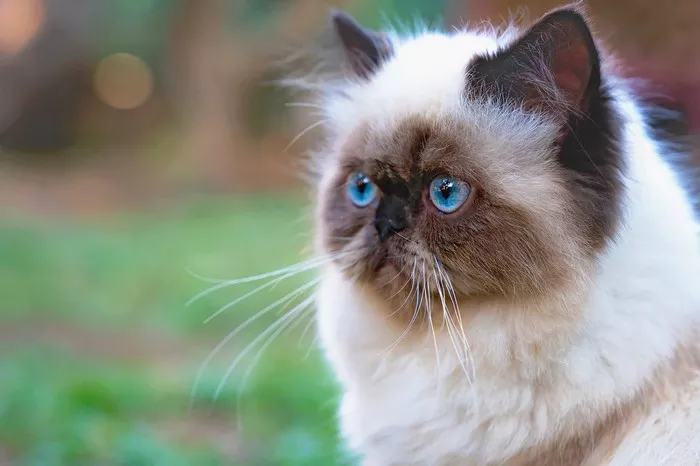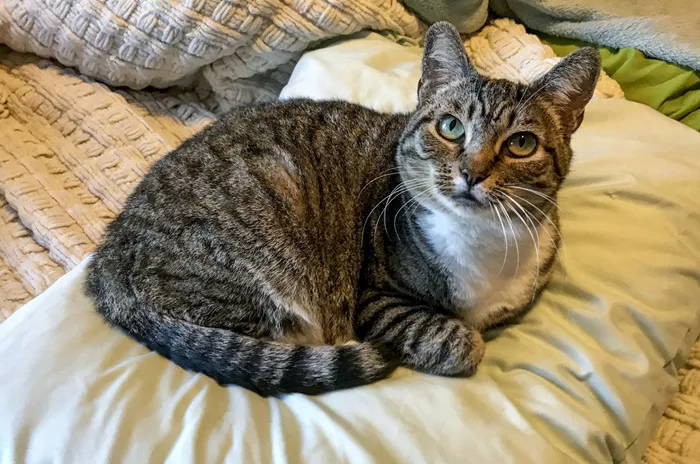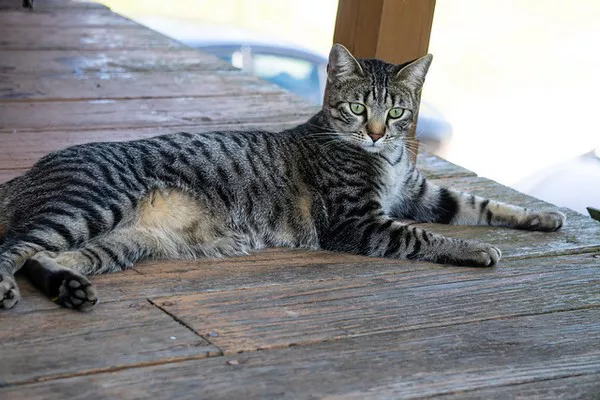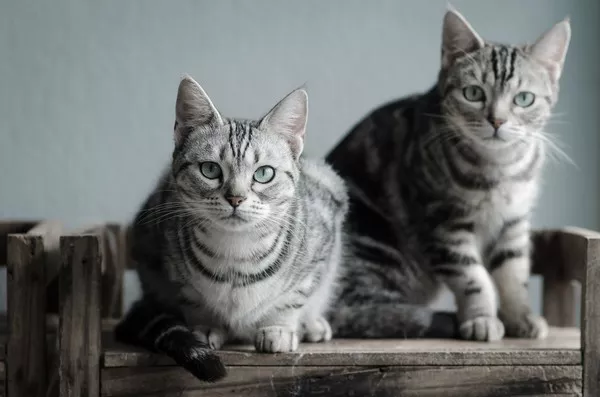Himalayan cats, often affectionately called “Himmies,” are a popular breed known for their striking appearance and friendly temperament. A cross between Persian and Siamese cats, Himalayans inherit distinctive traits from both lineages that influence their behavior. This article delves deeply into the typical behaviors associated with Himalayan cats, shedding light on their social habits, communication patterns, environmental interactions, and common health issues that affect their behavior.
Origins and Breed Characteristics
Himalayan cats were first bred in the mid-20th century with the goal of producing a cat with the long, luxurious coat of a Persian but the striking point coloration and blue eyes of a Siamese. Officially recognized by major cat registries, Himalayans share many of the Persian breed’s characteristics, including a brachycephalic (flat) face, which influences not only their physical appearance but also their behavioral tendencies.
General Behavior and Temperament
Himalayan cats are renowned for their calm and placid disposition, which makes them excellent companions, particularly in less active, quieter households. Their behavior can be summarized as:
Affectionate and Gentle: Himalayans typically display a gentle, affectionate nature. They often seek out human company and enjoy being petted and held. They are known for their loyalty to their family members and can sometimes be found following their owners from room to room.
Playful but Laid-back: While they possess a playful side, especially as kittens, Himalayans generally have a more relaxed approach to life compared to more active breeds. They enjoy interactive toys and puzzles which stimulate their Siamese heritage of intelligence and curiosity.
Social Interaction: Himalayans are social creatures but their socialization needs can vary widely. They usually get along well with other pets and children, especially when raised together. However, due to their Persian lineage, they may also appreciate some quiet time and can often be found in the quieter corners of the home.
Communication Styles
Understanding how Himalayans communicate is essential for interpreting their needs and emotions. Their communication styles include:
Vocalizations: Unlike their Persian ancestors, Himalayans have inherited the Siamese trait of being moderately vocal. They are known to express their desires and discomforts through a soft, melodic voice, which can become louder and more frequent if they feel neglected or want attention.
Body Language: Himalayan cats use typical feline body language to express their emotions. A raised tail indicates happiness, while flattened ears might suggest fear or aggression. Their expressive blue eyes also play a significant part in their nonverbal communication, often conveying their mood and needs.
Environmental Interaction
Himalayans, much like their Persian and Siamese relatives, are sensitive to their environments. This sensitivity influences several behaviors:
Preference for Stability: Himalayans thrive in stable environments where routines are consistent. Changes in the household or even rearranged furniture can sometimes stress them.
Sensitivity to Noise: Their laid-back nature often makes them more sensitive to loud noises. They prefer environments that are on the quieter side, where sudden loud sounds are minimal.
Climbing and Exploring: While not as agile as some breeds, Himalayans do exhibit a mild interest in climbing and exploring their surroundings, though they generally prefer comfort over adventurous exploits.
Health Issues Affecting Behavior
Certain health issues common in Himalayans can affect their behavior:
Respiratory Issues: Due to their brachycephalic nature, Himalayans can suffer from respiratory problems that might affect their activity levels and vocalizations.
Kidney and Urinary Issues: Like their Siamese ancestors, Himalayans are prone to certain types of kidney disease. Behavioral changes such as increased urination, lethargy, or decreased appetite can indicate underlying health problems.
Dental Issues: Given their flat-faced characteristics, Himalayans are susceptible to dental and oral health issues, which can affect their eating behavior and overall mood.
Training and Behavioral Management
Himalayan cats respond well to positive reinforcement and gentle training techniques. Training sessions that use rewards, such as treats or affection, encourage them to engage in desired behaviors such as using scratching posts or litter boxes. Early socialization and consistent training can help manage and even prevent behavioral issues, such as inappropriate scratching or shyness.
Adaptability and Aging
As Himalayans age, their behavior may change. Older Himalayans typically become more sedentary and may require adjustments in their home environment to accommodate decreased mobility, such as easier access to litter boxes and comfortable resting areas. Their affectionate nature generally does not diminish with age, making them excellent companions throughout their lifespan.
Conclusions
Himalayan cats are a delightful breed that combines the best of both Persian and Siamese traits, resulting in a beautiful, affectionate, and companionable pet. Understanding their specific behavioral patterns and needs can significantly enhance the relationship between these cats and their owners. By providing a stable, loving environment, along with appropriate health care and regular interaction, owners can ensure their Himalayan cat lives a healthy, happy, and fulfilling life.
Final Thoughts
In conclusion, Himalayan cats embody a blend of grace and companionship, making them cherished pets in many households. Their unique behaviors and characteristics require understanding and patience, but the reward is a deeply loyal and loving feline friend. Whether curling up on a lap for a quiet evening or engaging in playful antics, the Himalayan cat is sure to capture hearts with its endearing personality and striking beauty.



























